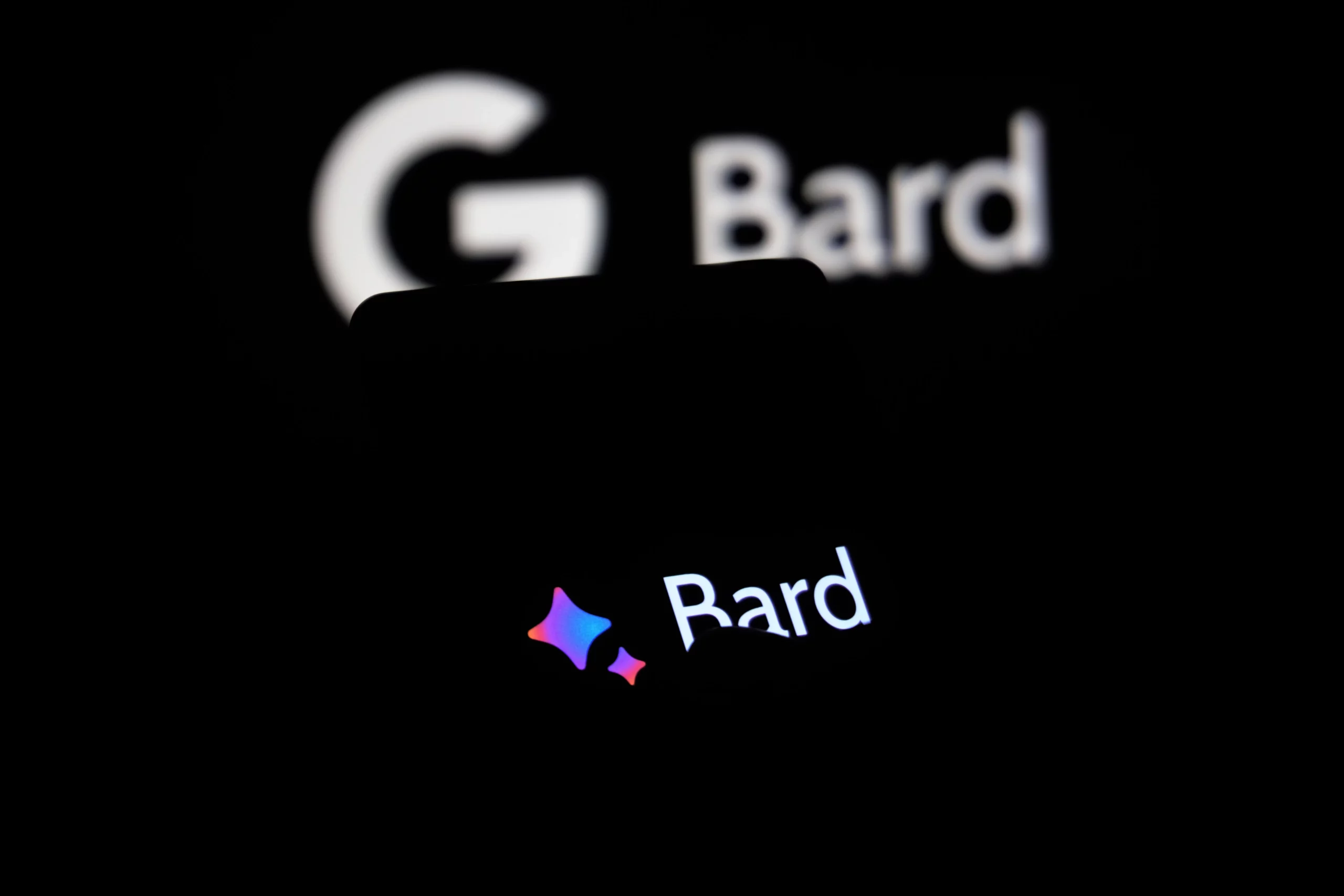Google is launching Bard, its ChatGPT rival, to a wider audience today. The generative AI chatbot is now available in more than 40 languages and has finally been made available to the European Union (EU). Google’s Bard Chatbot Launches in EU after an initial delay due to data privacy concerns.
Additionally, Google has also introduced a range of new features to Bard, though some of these are only available in English for now.
With the option to switch to Spanish, Google has since rolled out the feature to more countries around the world. In February, Google unveiled Bard in a seemingly hasty response to the increasing success of ChatGPT, a powerful search engine / chatbot powered by large language models (LLMs) to generate new content from straightforward prompts.
OpenAI created ChatGPT and Microsoft, a Google competitor, heavily funds the AI company. Initially, Bard opened for early access in the U.S. and U.K. in English with the option to switch to Spanish. Google has since expanded Bard’s availability to many other countries.
In March, Google ended the initial waitlist and launched the product globally in 180 countries. Additionally, the product supported Japanese and Korean languages. However, Google has yet to launch the product in the EU after a privacy regulator expressed concerns.
The Irish Data Protection Commission (DPC) governs data protection in the EU region when companies use Ireland as their European HQ.
They stated that Google had not provided them with sufficient information to address their data privacy concerns, despite informing the DPC of their intentions to launch Bard in the EU.
However, it appears that Google has now provided the DPC with the information they needed to move forward with today’s launch.
Jack Krawczyk, Bard product lead, and Amarnag Subramanya, VP of engineering, wrote in a blog post that they have actively engaged with experts, policymakers and privacy regulators regarding this expansion.
Google described their most recent update as their “biggest expansion to date,” and they have rolled it out across most of the world with support for Arabic, Spanish, Chinese, German, and Hindi. Furthermore, Bard is now available in Brazil in addition to the EU.
Improving Bard’s Response
Additionally, users can choose to receive Bard’s response in either English or Spanish. Today, we are rolling out new features that focus on improving Bard’s responses and increasing its productivity. We previewed some of them in early May, but now they are available to everyone.
Users can alter Bard’s tone and style with five options: “simple,” “long,” “short,” “professional” or “casual.” Moreover, users can opt to receive Bard’s response in either English or Spanish.
The toggle allows users to adjust Bard’s default responses to a prompt to their desired tone and style. Additionally, Bard now offers text-to-speech AI feature in over 40 languages, which users can access with the sound icon next to a prompt. To boost productivity, Bard also enables users to export Python code to Replit.
Users of the browser-based integrated development environment can now upload images with prompts (in English only) and Bard will analyze the photo. They can also pin, rename and pick up recent conversations with Bard. Furthermore, Bard’s responses can be easily shared with the outside world via links. According to Krawczyk and Subramanya, “Curiosity and imagination are the driving forces behind human creativity.”
We designed Bard to satisfy your curiosity, stimulate your imagination, and make your ideas a reality – not just by providing answers to your questions but by encouraging you to develop them further.
The chatbot provided factually incorrect answers with fabricated citations, causing Google employees to call it “worse than useless” and a “pathological liar.” This caused Google’s stock to drop 8% at Bard’s launch. However, Google contends that Bard is improving, especially in areas such as mathematics and programming.
See Also: OpenAI launches GPT-4
Google has extended its Search tool with features from its own apps and services, as well as third-party partners such as Adobe. It can now explain code, structure data in a table, and display images in its responses. However, Bloomberg recently revealed that the people who train Bard often experience excessive workloads and inadequate compensation.
Bard-testing contractors earn as little as $14 per hour, receive minimal training, and must complete complex audits of the chatbot in minutes. Furthermore, they lack sufficient time to corroborate and check the chatbot’s most accurate answer, as revealed by an Insider piece in April. It appears that this situation has not changed.


